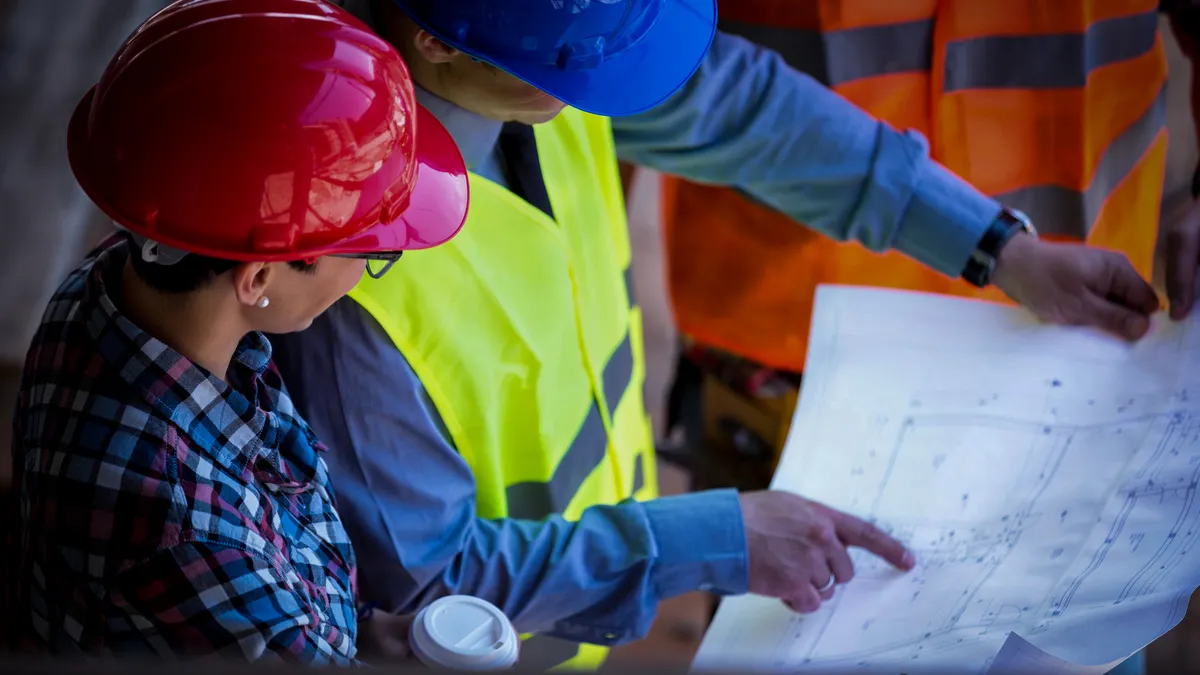A new report from accounting services firm Deloitte touches on what construction pros already know: It's getting harder to make a profit in commercial building.
According to the 2020 Construction and Engineering Industry Outlook, a number of factors will put extra pressure on U.S. engineering and construction companies’ profitability in 2020. These include increasing project complexity, competition from Asian companies, talent shortages and supply chain constraints. In addition, construction and input costs for key building materials such as steel are rising, largely driven by limited supply and tariff uncertainties.
The report cites the 2019 Turner Building Cost Index, which measures costs in the nonresidential building construction market in the U.S., and noted that it increased to a value of 1177 in 4Q 2019, the highest ever in its 13-year history.
While firm revenues are steadily rising, E&C firms in the U.S. face considerable pressure, the study notes. Among the challenges the industry faces are sustained cost pressures, ongoing labor shortages that affect productivity, and trends toward fixed-bid projects that often demand a level of pricing and operations precision that is difficult to obtain with traditional systems.
Nevertheless, Deloitte noted several trends for 2020 that could help to improve builders' profitability and reduce margin challenges. These include:
A move toward modularization and prefabrication
Modular building has the potential to significantly affect productivity and margins for E&C firms in 2020, the report states. The use of modularization and prefabrication techniques not only can save on labor costs but might also ensure better quality and shorten the project schedule with less labor required on-site. This can avoid rework and help improve safety as well, the report espouses.
Although these tactics have been around for decades, advanced technologies such as BIM are now enabling better integration of components into offsite construction, according to study author Michelle Meisels, Deloitte’s Engineering & Construction practice leader.
"Prefabricated construction allows you to build in a controlled environment," she said. "With more control and better planning comes the ability to control costs and mitigate any risks of surprises such as inclement weather."
As a result, contractors are now able to develop innovative designs and create superior buildings that shave as much as 30% off the construction schedule and reduce waste, thereby lowering costs, she told Construction Dive.
The launch of U.S. infrastructure upgrade initiatives
The study notes that America's infrastructure is due for approximately $4 trillion in repairs and that the federal government is planning to spend up to $2 trillion over the next 10 years, one of the biggest infrastructure investments in history.
This plan to invest in upgrading infrastructure including roads, bridges, water systems, broadband and the power grid will drive revenue and spur job creation for the E&C industry, although Meisels noted that the impending presidential election and the continuation of trade tariffs could hamper the potential benefits.
The rise of smart project management
Digital technology and real-time data can help project managers make better-informed decisions around scheduling labor and materials and this type of project monitoring is moving beyond documenting cost overruns and construction delays to include more forward-looking insights, according to Deloitte.
These new technologies, the study notes, can eliminate the need for time-intensive work like manual data entry and provide the data required to assess project status and identify trends and areas that should be addressed. In fact, having state-of-the-art cost budgeting and scheduling tools and technologies is becoming a competitive advantage for construction and engineering firms.















